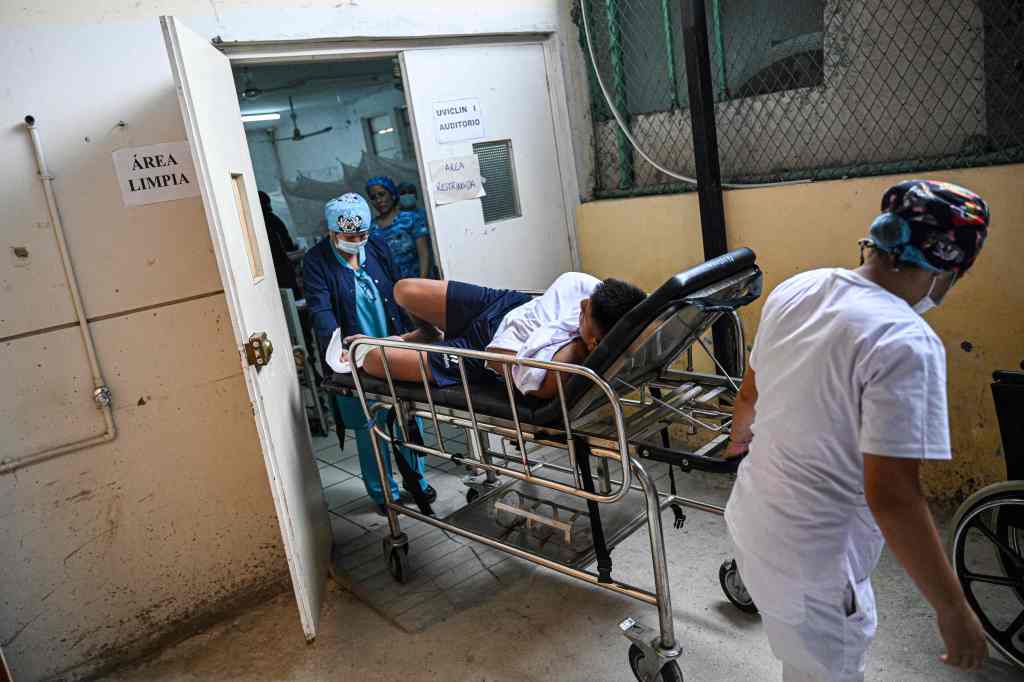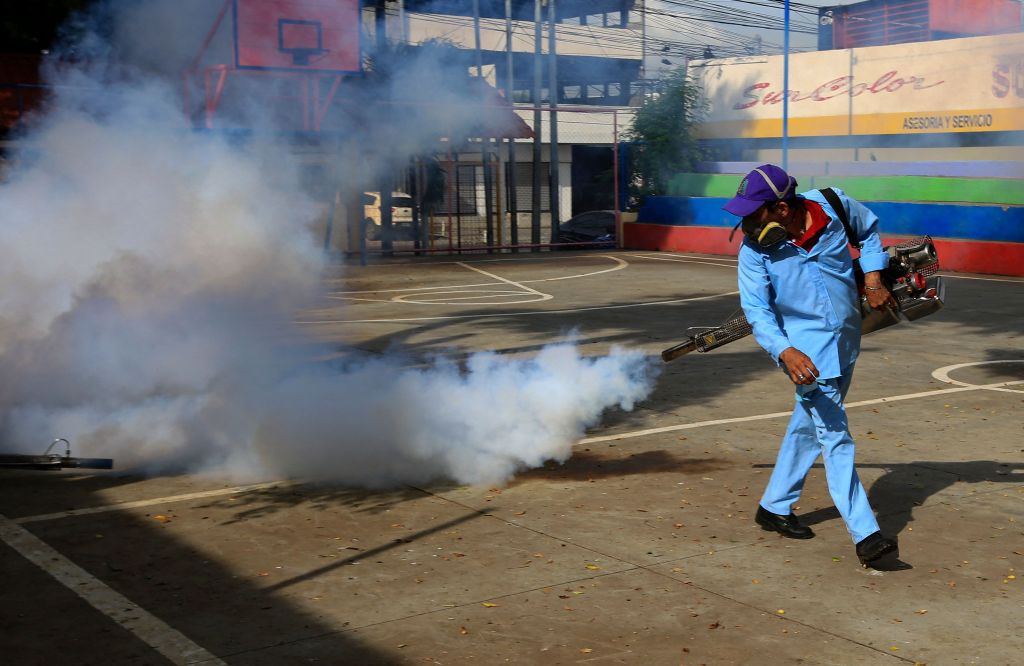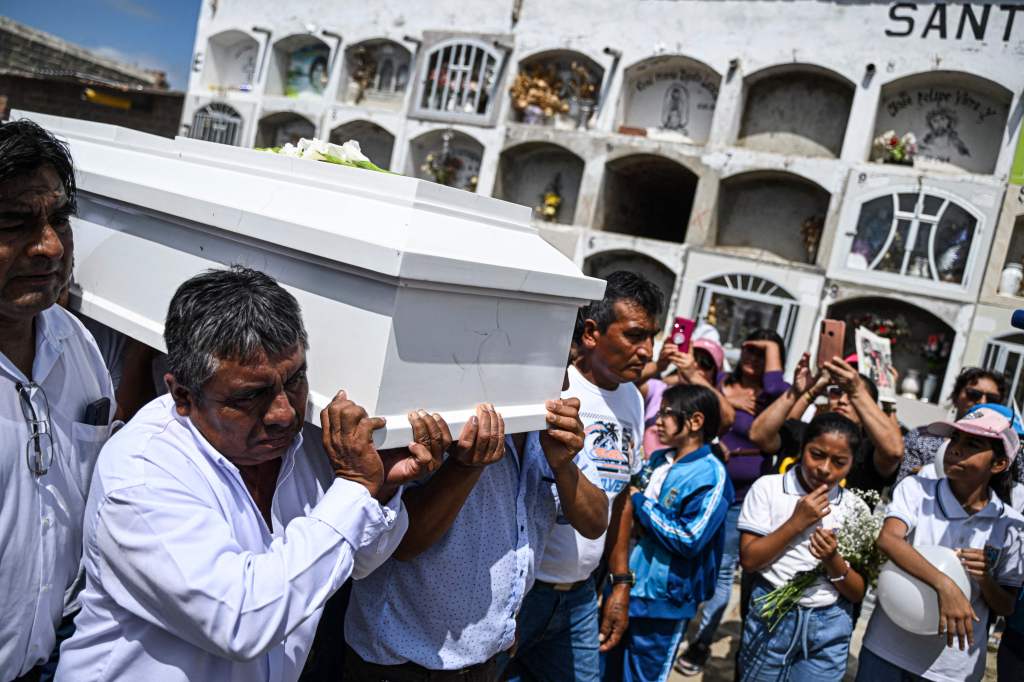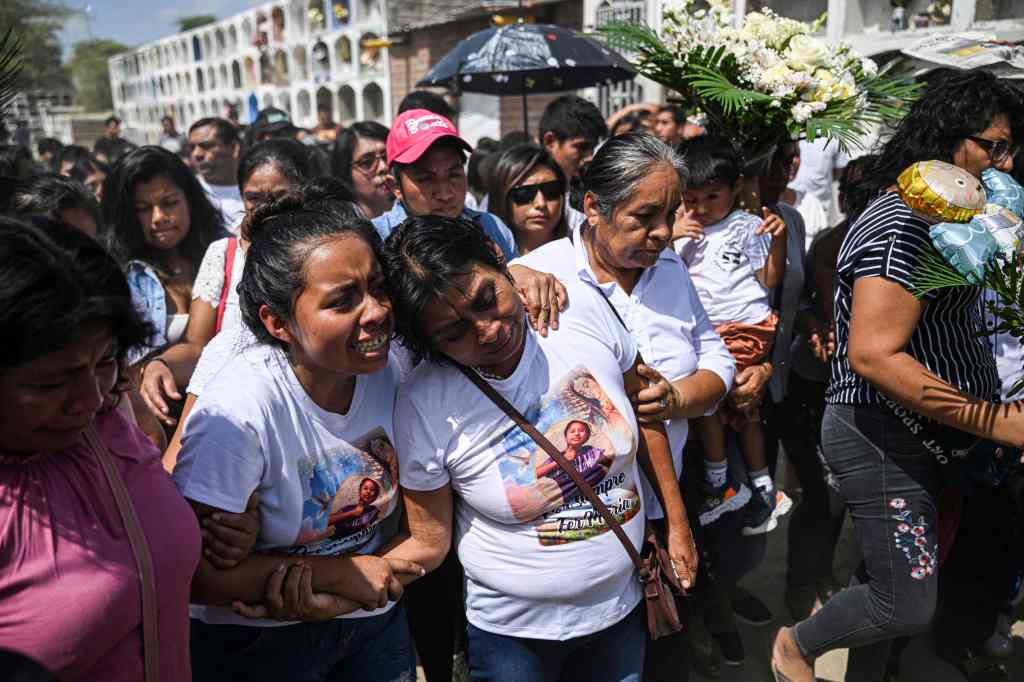Dengue outbreak in Peru reaches 200K cases, 200 dead
Peru’s worst dengue outbreak on record could intensify further as an El Niño climate phenomenon brings torrential rains and mosquitoes, driving the death toll this year past 200 with over 130,000 recorded cases, the health ministry said on Thursday.
Dengue fever is an aedes aegypti mosquito-borne tropical disease that can provoke a high fever, headache, vomiting, muscle and joint pain, and sometimes death.
The country’s health authorities have pointed towards the natural climate phenomenal, El Niño, as one of the key drivers of the surge in cases.
El Niño is a cyclical warming of the world’s oceans and weather, which fuels tropical cyclones in the Pacific, boosting rainfall and flood risk in the region.
The increase in rainfall brings mass reproduction of mosquitoes due to the accumulation of water in the cities.
Peru’s health officials are prohibiting residents from storing still water in open containers, hoping to prevent reproduction.
“Dengue kills,” said Health Minister Rosa Gutiérrez in a Tuesday statement. “Because of that, help me eliminate mosquito breeding sites.”


On Thursday, June 8, the US National Oceanic and Atmospheric Administration (NOAA) declared that an El Niño is now underway. The past three years have been dominated by the cooler La Niña pattern.
Scientists say this year looks particularly worrying.
The last strong El Niño was in 2016, and the world saw its hottest year on record.


“We’re in unprecedented territory,” said Michelle L’Heureux, a meteorologist with NOAA’s Climate Prediction Center.
Peruvian President Dina Boluarte signed a decree on Thursday declaring a two-month “state of emergency” in 18 of the country’s 24 regions to allow swift official action for “imminent danger from heavy rainfall” this year and next.
Gutiérrez said the figure is the highest since 2017, when there were 68,290 cases and 89 deaths.
Read the full article Here


